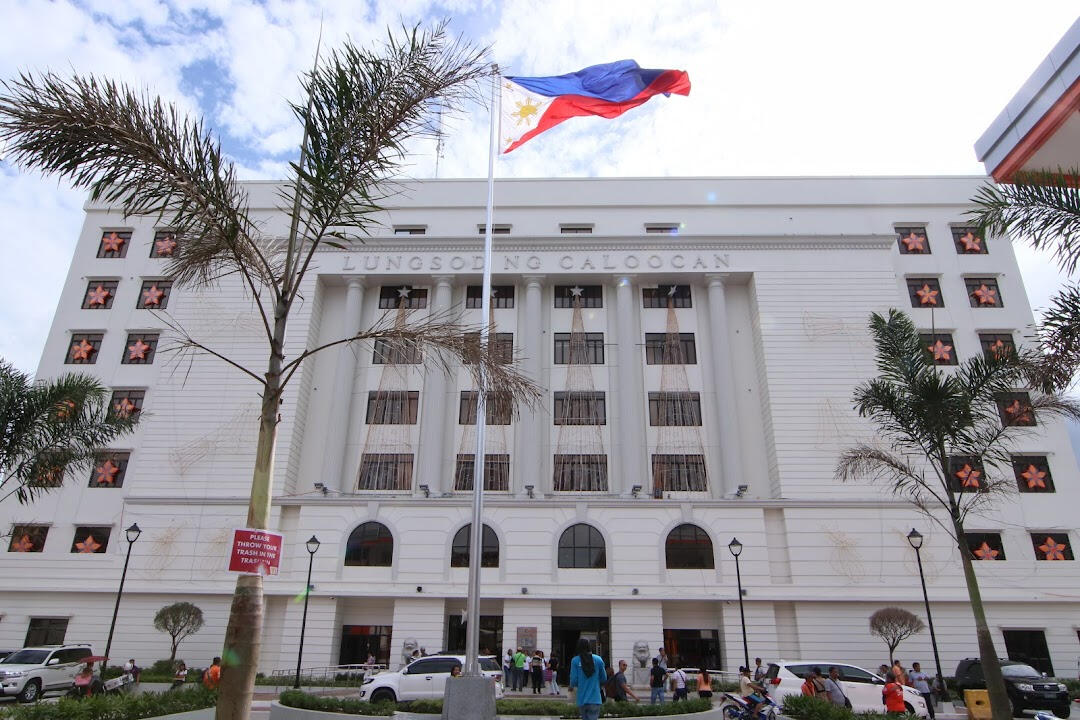Caloocan Natural Hazard Website
PT in ELSCI and ICT By: Bea Laurezze M. Bangonon
Caloocan City
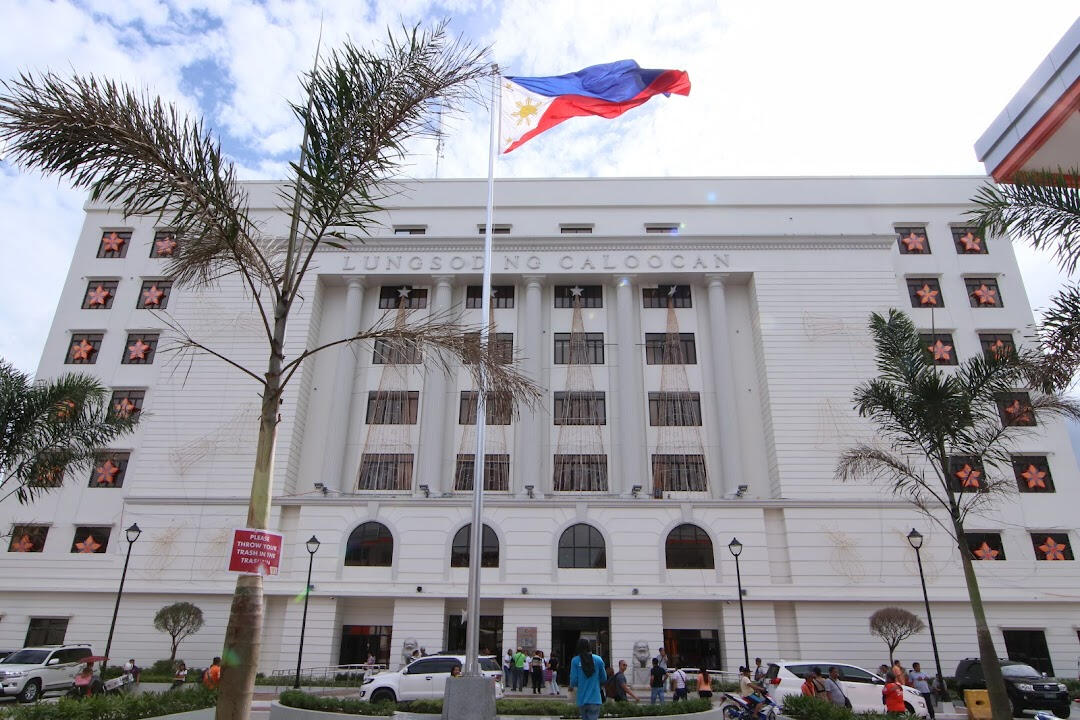
☆*:.。.Greetings! click "search" to know more about Caloocan City and how to prepare for natural disasters. Click the home button above to return here~ .。.:☆

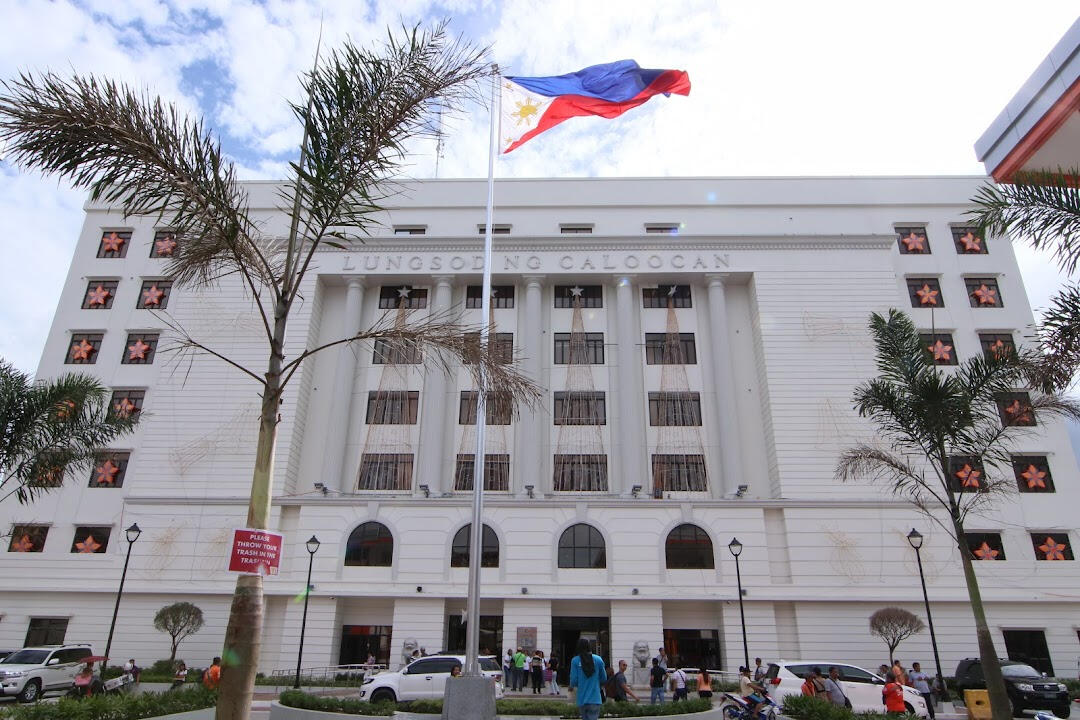
Mayor: Dale Gonzalo R. Malapitan Population: 1,583,978 Growth rate: 1.18% Density: 297 persons/sqm
Total land area: 5,333.40 Ha Total no. of brgys.: 188 No. of households: 367,868
There are three public hospitals and 11 private hospitals in the city. 44 health centers and 103 private birthing homes and lying-in centers. Each barangay has Barangay Health Workers.
- All of the rivers, creeks, and shared water streams in Caloocan City are physically polluted, including both naturally occurring surface drainage systems and canals that have been constructed. a few instances of significantly The Tullahan River, Saluysoy River - DDDP peripheral Canal, and Maligaya are three examples of contaminated waterbodies.
Meycauayan-Marilao River System, Panaca Creek, Casili Creek, and Creek. Demand for Biochemical Oxygen (BOD) exceeded the required level for water quality and peaked at 120 mg/L.
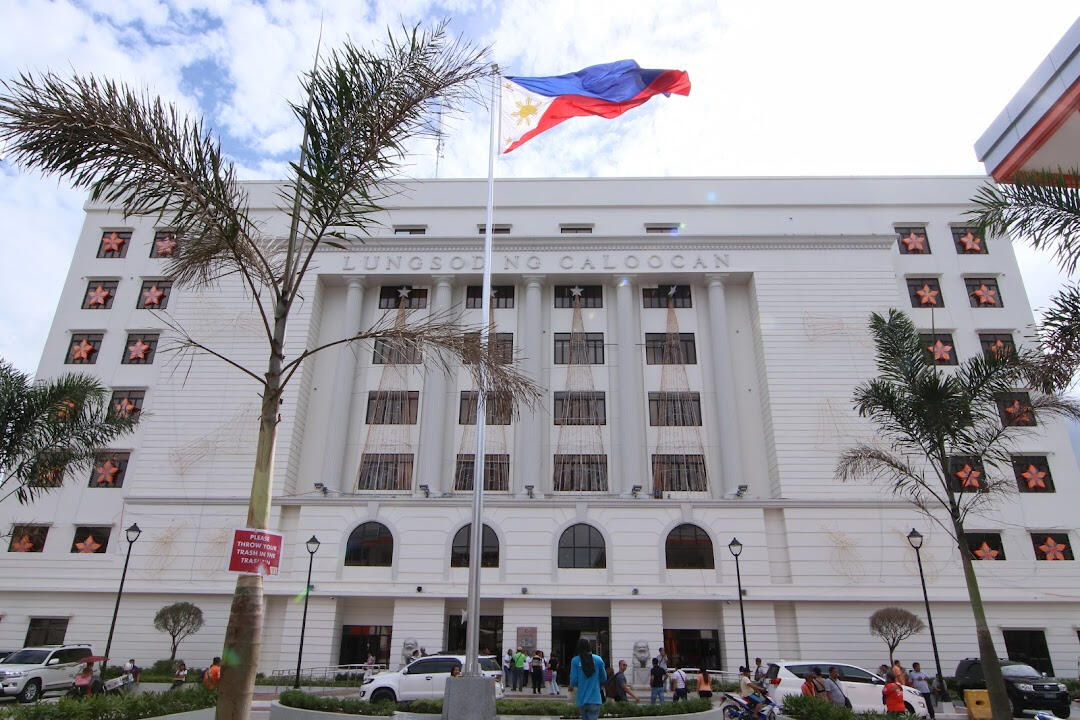
Flooding !
- In Caloocan City, high rainfall, river overflow, and insufficient channel capacity are the main causes of severe flood hazards.
- Tidal floods typically damage low-lying areas as well, especially in parts of the Dagat-Dagatan Development Project (DDDP). Flash floods, which are typically brought on by landslides and erosion, can occur in various parts of the City, especially those that are higher up. These floods are generated by shifting terrain masses.
Earthquake !
- West Valley Fault Earthquake Intensity — Caloocan City would experience an earthquake with a PEIS intensity of LOW EIGHT (VIII), which PHIVOLCS has characterized as "extremely damaging" (with the exception of some areas of DDDP).
- Sand bars, broad coastal plains or floodplains, deserted river meanders, old lake bottoms, and former marshlands and swamplands are liquefaction-prone locations that could exist in Caloocan City. The component of the Dagat-Dagatan Development Project that is most susceptible to liquefaction, according to MMEIRS, is this area.
- There are two sites where 200–500 homes are predicted to be damaged to the greatest extent. The first are the neighborhoods around Caloocan City Hall, which include Barangays 13, 15, 16, 18, and part of Barangay 14. (Libis Espina). The second is located in parts of Maypajo Area with the same number of damages and the southern portion of the Dagat-Dagatan Development Project. Barangays 31, 37, as well as a section of Barangays 24, 27, 28, and 35, make up these territories.
Fire !
- In April 2014, Barangay had the city's biggest fire event to date.
120, as well as the neighbouring barangays of 118 and 119. a minimum of 1,000 families,
Most of the affected and displaced people were urban poor.
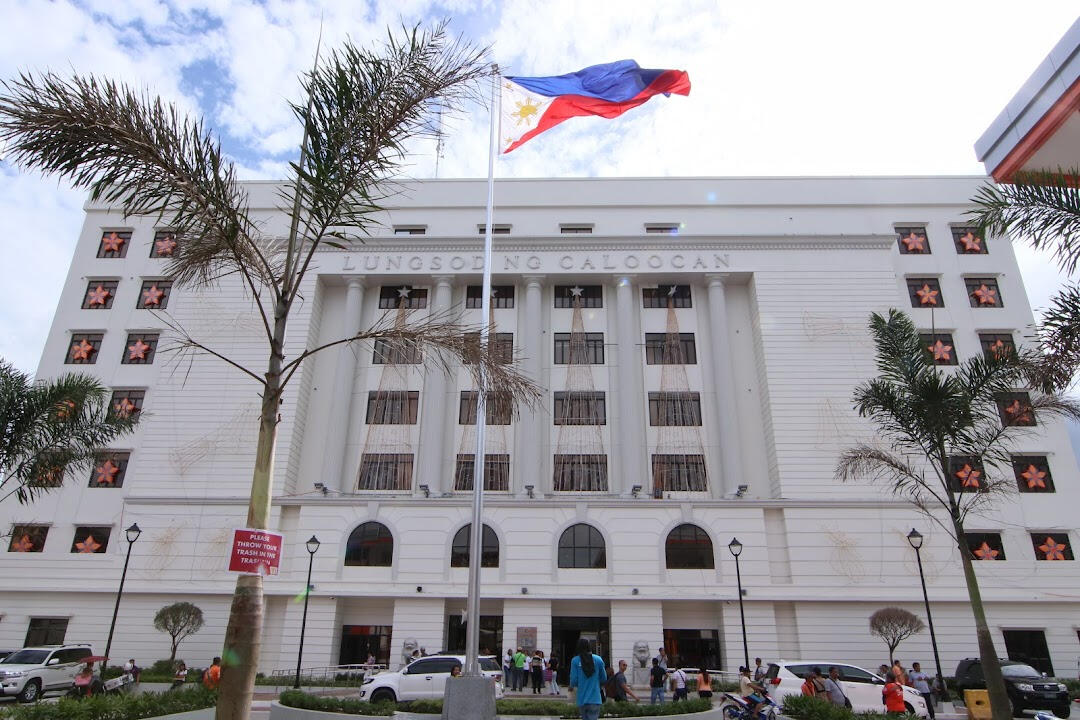
Preventions and preparations ! .。.:*☆
Flooding
- Caloocan rivers, streams and eve drainage systems are polluted making the city more prone to flooding. To prevent this, the authorities in caloocan should start a cleaning drive to cleanse all the bodies of water for less chances of flooding in the area.Earthquake
these are the necessary things to prepare for an earthquake
- Prepare emergency supplies in advance like food, money etc.
- Confirm the strength of your house and walls.
- Secure furniture so it can't fall over or fall down.
- Plan safety measures to avoid injuries.Fire
- Install smoke alarms inside bedrooms and outside sleeping spaces on every level of your house. Every month, test the smoke alarms. Replace the batteries if they're not operating. Discuss a fire escape strategy with every family member and test it twice a year.below is a video of things you will need in you earthquake kit
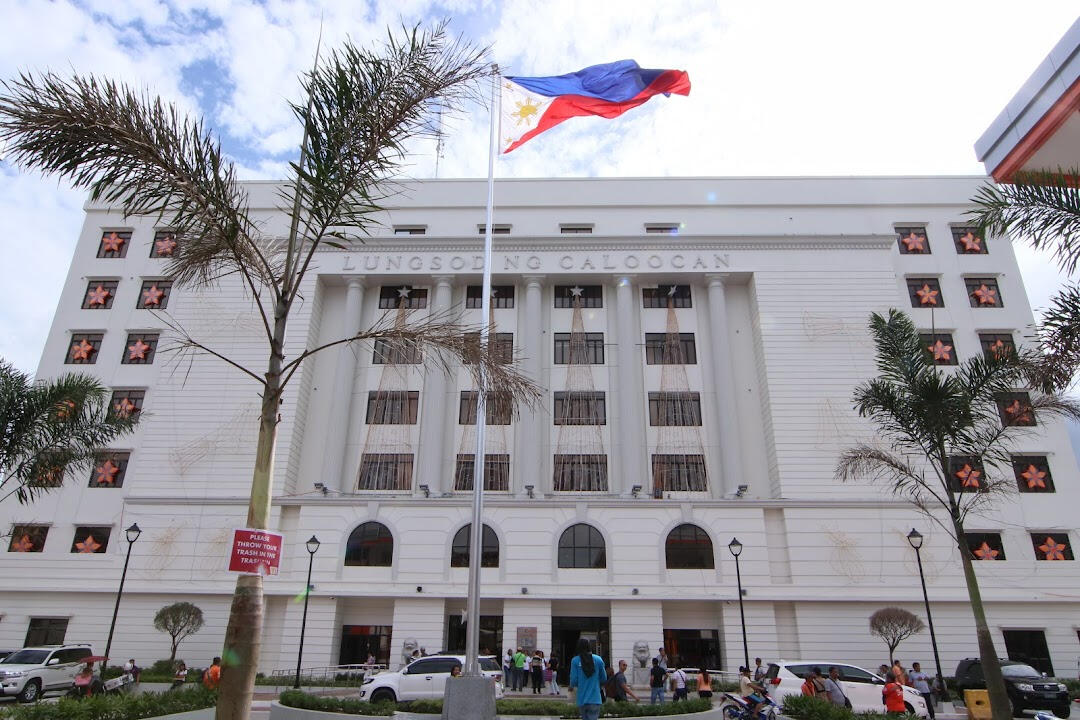
Fav. Anime
Added information and fun facts ! - One of the Philippine cities that is characterized by a fast-paced way of life is Caloocan. It is situated in the province of Metro Manila's north. This city exhibits its rich legacy and culture through its centuries-old monuments and gorgeous architecture, from enormous historical museums to ancient churches.- The toponym for Caloocan is kalook-lookan (or kaloob-looban), which means "innermost place" in Tagalog. The local spelling of the city's name is Kalookan.- Every year on the City's Foundation Day, the "Pamaypay ng Caloocan" celebration is highlighted, using "Pamaypay" or fans in a techno-modern competition of folk street dancing.- Their source of livelihood comes from three major sectors: trading/merchandising, services, and
manufacturing.
